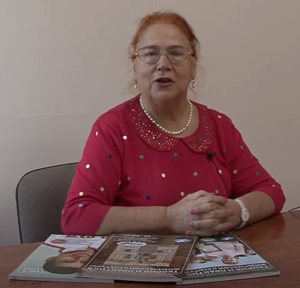Formation of technical skills of curling players 1011 years old based on control of motor actions in training conditions
ˑ:
E.E. Tavyrikov1
Dr. Hab., Associate Professor I.V. Martynenko2
1The Russian University of Sport «GTSOLIFK», Moscow
2Moscow State University of Sport and Tourism, Moscow
Keywords: curling, technical training, technical skills, motor actions, control, training conditions, athletes 10-11 years old.
Introduction. Technical training in curling is a prerequisite for successful performances at competitions.
The purpose of the study is to substantiate the effectiveness of the formation of technical skills of curlers aged 10-11 years by monitoring the performance of motor actions in training conditions.
The results of the study and their discussion. The main pedagogical experiment was conducted on the basis of the GBU DO "Moscow Academy of Winter Sports". The experiment involved 20 children aged 10-11 years (10 people each in the control and experimental groups). At the beginning of the experiment, both groups had approximately the same level of physical and technical and tactical preparedness.
At the first stage of the study, a set of exercises was developed to form the technical skills of athletes, including the following components: departure "Swallow"; departure from the pads without a stone ("brush" in front of you on the ice) with a small support on the brush; departure with the "object" on the back; departure with the brush position completely on the ice; working out the release of a stone; departure with a stone to the target (brush) in the presence of side obstacles (restrictions); departure with a stone with a stop at a given interval; departure with a hit at a time set by the coach; departure with a stone according to the projection of the laser; making "take" type throws using the principle of limiting attempts; making staged throws using the principle of execution identity [1].
According to the results of the testing, which included control throws to assess the technical level of training of curlers, the throws were evaluated on a five-point scale. The test results showed that the set of exercises allowed the experimental group to increase the level of performance of staged throws by an average of 32%, and take-out throws by 46%. This allowed us to conclude that the proposed set of exercises has a positive effect on the formation of technical skills of curlers aged 10-11 years on the basis of monitoring the performance of motor actions in training conditions. The Mann–Whitney criterion allowed us to confirm the significance of changes in benchmarks after the introduction of a set of exercises.
Conclusions. The results obtained confirmed the effectiveness of the developed set of exercises for the formation of technical skills of curlers aged 10-11 years, while monitoring the performance of motor actions must be carried out at all stages of the training process.
- Tavyrikov, E.E. (2017) 'Experimental methodology of training initial training groups in curling at the conditions of sports school for children and youth', Problems of modern pedagogical education, № 57-58, pp. 237-247.



